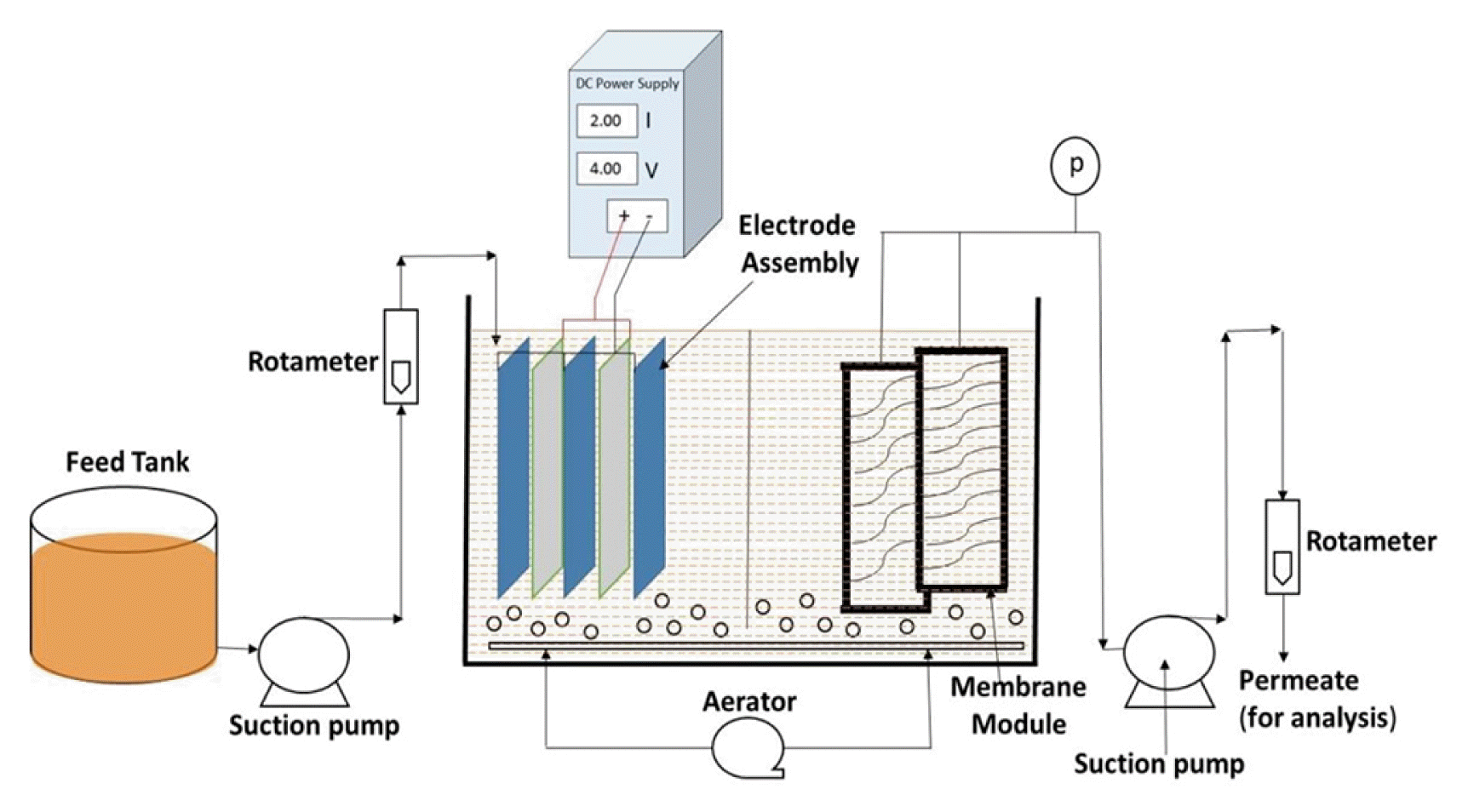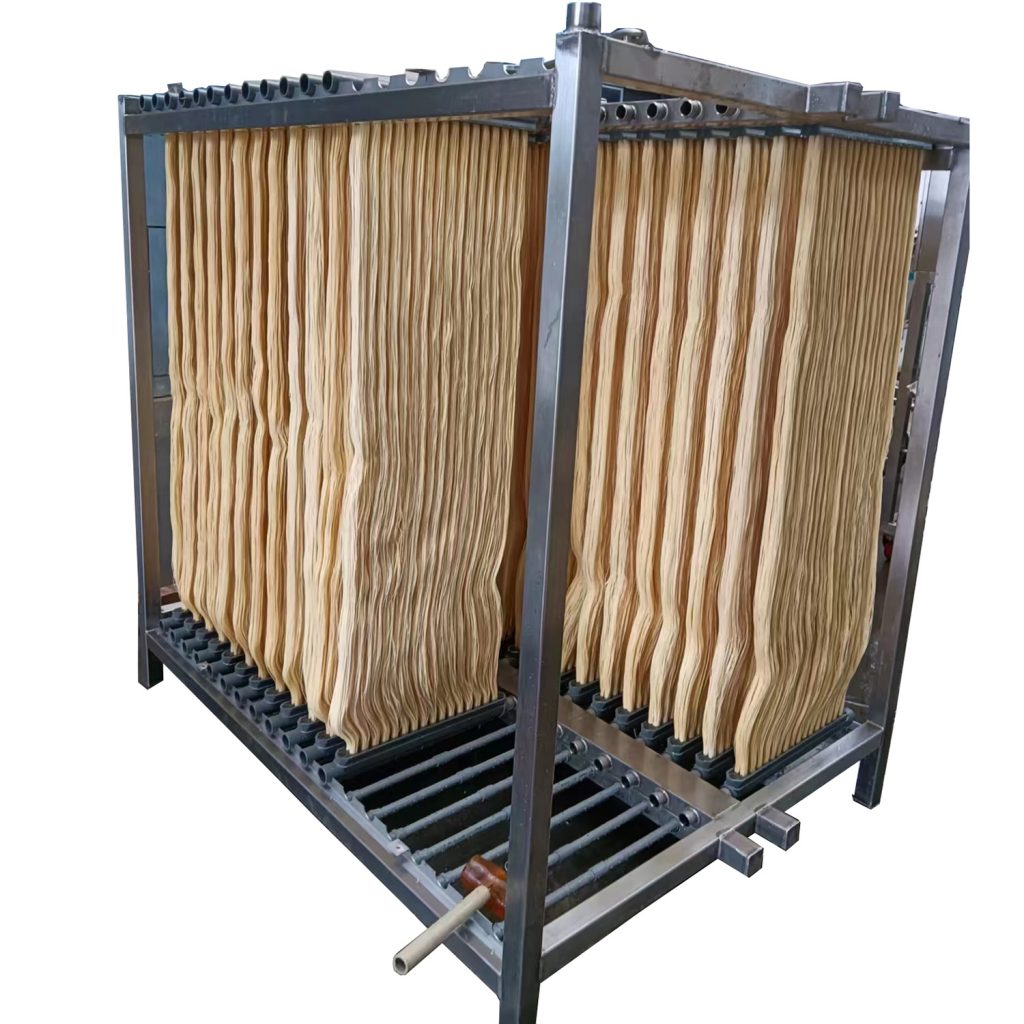How to Optimize Membrane Bioreactor Performance for Maximum Efficiency
How to Optimize Membrane Bioreactor Performance for Maximum Efficiency
Blog Article
Membrane Bioreactors Clarified: Effective Solutions for Tidy Water
Membrane bioreactors (MBRs) have become a sophisticated solution for attending to the pushing obstacles of wastewater treatment. By integrating biological procedures with innovative membrane purification, MBRs not just improve the quality of cured water but additionally reduce the spatial needs of therapy facilities. As environmental issues escalate, the duty of MBR innovation in promoting lasting water monitoring comes to be increasingly considerable. The intricacies of their procedure, advantages, and possible applications warrant a closer examination to totally comprehend their effect on the future of water treatment.

What Are Membrane Bioreactors?
Membrane layer bioreactors (MBRs) are sophisticated wastewater therapy systems that incorporate biological degradation processes with membrane filtering technology. This assimilation enables the reliable elimination of pollutants from water, making MBRs a favored option in different applications, consisting of municipal wastewater therapy and commercial effluent management.

One of the essential advantages of MBRs is their capability to create top notch effluent, often suitable for reuse in watering or commercial processes. In addition, MBRs require a smaller sized footprint contrasted to conventional treatment systems, making them perfect for metropolitan setups where space might be limited.
Furthermore, MBRs can efficiently manage varying influent loads and are much less at risk to the results of poisonous shocks. These attributes add to their expanding popularity as a sustainable solution for addressing the enhancing demand for tidy water while lessening ecological influences.
How Membrane Layer Bioreactors Work
While the procedure of membrane layer bioreactors (MBRs) may seem facility, it basically rotates around the synergy in between organic processes and membrane layer purification. MBRs incorporate an organic treatment process, typically turned on sludge, with a membrane layer separation device to deal with wastewater efficiently.
In an MBR system, wastewater is initial presented into a bioreactor where microbes break down raw material and other impurities. The biological task decreases the concentration of contaminants while promoting the development of biomass. Following this biological therapy, the mixed alcohol goes through membrane layer purification, which can be microfiltration or ultrafiltration, depending upon the wanted effluent top quality.
The membranes act as a physical obstacle, allowing water and little solutes to pass while retaining suspended solids and bigger particles. This allows the system to maintain a high concentration of biomass within the activator, enhancing the treatment performance.
Furthermore, the continual separation of treated water from the biomass promotes a compact style and minimizes the footprint of the therapy center. Overall, the combination of organic destruction and membrane filtering in MBRs causes reliable and effective wastewater treatment, making sure high-quality effluent appropriate for different applications.
Benefits of MBR Modern Technology
One of the key advantages of membrane bioreactor (MBR) innovation is its capacity to produce premium effluent with a significantly decreased footprint compared to conventional wastewater treatment techniques. MBR systems successfully integrate organic therapy and membrane layer additional info filtering, causing superior removal of contaminants, including put on hold solids, virus, and raw material. This ability results in effluent that commonly fulfills or surpasses rigid regulative requirements for reuse and discharge.
Additionally, MBR technology permits greater biomass focus, which improves the treatment performance and lowers the called for reactor volume. This compact layout is especially helpful in metropolitan areas where room is restricted. The operational adaptability of MBR systems likewise implies they can adjust to differing influent qualities and circulation prices, making them suitable for a wide variety of applications.
Furthermore, the reduced sludge manufacturing associated with MBR procedures contributes to lower functional and official statement maintenance expenses. The membranes offer as a physical barrier, lessening the risk of obstructing and making it possible for longer functional periods between cleansing. Generally, the benefits of MBR modern technology make it an appealing remedy for lasting wastewater treatment, addressing both ecological concerns and the need for efficient source monitoring.
Applications of Membrane Bioreactors
With their versatility and efficiency, membrane bioreactors (MBRs) find applications throughout different sectors, consisting of local wastewater therapy, commercial processes, and also water reclamation. In municipal settings, MBRs give a compact option for dealing with wastewater, properly eliminating contaminants while all at once producing premium effluent that satisfies rigid regulatory standards. This makes them especially appropriate for locations with limited area.
In commercial applications, MBR technology is made use of for dealing with process water, particularly in sectors such as food and beverage, pharmaceuticals, and petrochemicals. These industries profit from MBRs' ability to handle high organic tons and their efficiency in recuperating valuable sources from wastewater, pop over to these guys such as nutrients and water.
Moreover, MBRs play an important duty in water recovery efforts, enabling the reuse of dealt with wastewater for watering, industrial processes, or also as safe and clean water after more therapy (Membrane Bioreactor). Their effectiveness in eliminating virus and contaminants makes them a dependable option for making certain water top quality in numerous reuse applications
Future of Water Treatment Solutions
The future of water therapy services is positioned for transformative advancements driven by technical technology and raising environmental understanding. As international water scarcity ends up being a pushing concern, brand-new methodologies, consisting of membrane bioreactor (MBR) systems, are readied to play a pivotal duty in improving the effectiveness and sustainability of water treatment procedures.
Emerging innovations such as expert system and artificial intelligence are expected to maximize treatment procedures, enabling real-time surveillance and predictive upkeep. This will boost the overall integrity and effectiveness of water therapy facilities. Developments in membrane layer products, such as graphene and nanofiltration, promise to enhance permeation prices and lower fouling, leading to lower energy usage and functional prices.
Furthermore, the combination of sustainable energy sources right into water therapy plants will certainly contribute to greener practices. The round economic situation version will also gain grip, motivating the healing of important resources from wastewater, such as nutrients and energy.
Final Thought

Membrane layer bioreactors (MBRs) have actually arised as an advanced option for resolving the pushing obstacles of wastewater therapy. By incorporating biological processes with sophisticated membrane filtration, MBRs not just boost the top quality of cured water however likewise decrease the spatial demands of treatment facilities.One of the vital benefits of membrane layer bioreactor (MBR) innovation is its ability to produce high-quality effluent with a substantially lowered impact compared to standard wastewater therapy techniques.With their flexibility and efficiency, membrane layer bioreactors (MBRs) locate applications across different sectors, consisting of metropolitan wastewater therapy, industrial procedures, and also water improvement.In conclusion, membrane layer bioreactors represent a significant innovation in wastewater treatment modern technology, incorporating biological procedures with efficient membrane layer filtering to generate top notch effluent.
Report this page